Introduction
The bamboo fungus, scientifically known as Dictyophora indusiata, is a highly esteemed edible mushroom revered for its delicate texture, umami flavor, and numerous health benefits. Commonly referred to as “zhu sun” in Chinese, this unique fungi grows naturally in bamboo forests, thriving in warm, moist environments. Its unique appearance, with a veil-like skirt that resembles an umbrella when mature, makes it a sight to behold. However, the fleeting freshness of bamboo fungus necessitates careful handling and preservation to retain its exquisite qualities. This comprehensive guide aims to provide insights on how to properly store fresh bamboo fungus, ensuring that its delicate flavor and nutritional value are preserved until consumption.
Understanding Fresh Bamboo Fungus
Before delving into preservation techniques, it’s crucial to understand the characteristics of fresh bamboo fungus. Upon harvest, the mushroom is characterized by its firm, white to pale yellow cap, which can sometimes have a slight brownish tint. The skirt, or veil, is typically white and delicate, while the stalk is firm and hollow. Fresh bamboo fungus has a short shelf life, often lasting only a few days in ambient conditions due to its high moisture content and perishable nature.
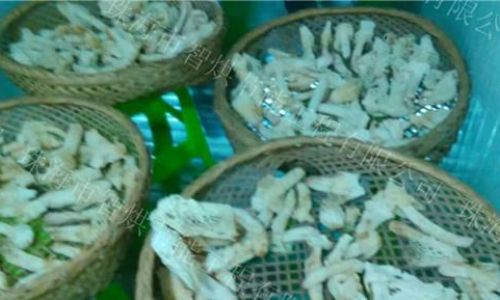
Immediate Post-Harvest Handling
-
Cleaning: Upon harvesting, gently brush off any dirt or debris from the surface of the mushroom using a soft cloth or a soft brush. Avoid soaking the mushroom in water as this can lead to premature spoilage.
-
Trimming: Cut off any damaged or discolored parts of the stalk. The stalk, though often discarded in some cuisines, can be edible if trimmed properly.
-
Drying: Pat the mushroom dry using a clean kitchen towel or paper towels. Excess moisture can accelerate spoilage.
Storage Options for Fresh Bamboo Fungus
Maintaining the freshness of bamboo fungus requires a combination of temperature control, humidity management, and sometimes, packaging techniques. Here are several effective methods:
Refrigeration
Refrigeration is the most straightforward method for preserving fresh bamboo fungus. The cold temperatures slow down the growth of bacteria and fungi, thereby extending the shelf life.
-
Preparation: Place the cleaned and dried bamboo fungus in a breathable container, such as a paper bag or a perforated plastic box. Avoid using airtight containers as they can trap moisture, leading to mold growth.
-
Placement: Store the container in the crisper drawer of your refrigerator, where humidity is relatively high but temperatures are consistently low.
-
Duration: Fresh bamboo fungus can last up to a week in the refrigerator if handled properly.
Freezing
For longer-term preservation, freezing is an excellent option. However, freezing alters the texture slightly, making the mushroom softer upon thawing.
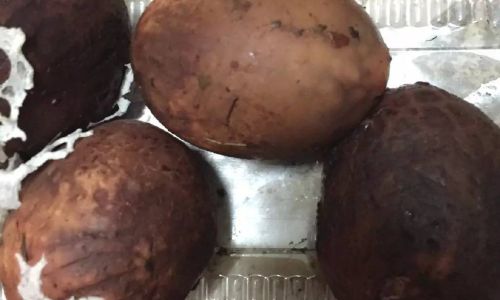
-
Blanching: Blanch the bamboo fungus in boiling water for about 2-3 minutes to halt enzyme activity and kill surface microorganisms. Immediately plunge the mushroom into ice water to stop the cooking process and preserve color and texture.
-
Pat Drying: Pat the blanched mushroom dry with paper towels to remove excess water.
-
Packaging: Individually wrap each piece in plastic wrap or place them in a freezer-safe container, ensuring there’s minimal headspace to reduce freezer burn. Label the packages with the date.
-
Freezing: Place the packages in the freezer, ideally at a temperature of 0°F (-18°C) or below.
-
Duration: Frozen bamboo fungus can be stored for up to 6 months, though the quality may decline slightly over time.
Drying
Drying is a traditional method of preserving mushrooms, including bamboo fungus. It significantly extends shelf life but alters the texture and flavor profile, making it suitable for soups, stocks, and long-cooking dishes.
-
Slicing: Slice the mushroom thinly to ensure even drying.
-
Dehydration: Use a food dehydrator set to a temperature of around 125°F (52°C) or an oven with the door slightly ajar at the lowest possible setting. Dry until the pieces are brittle and have lost most of their moisture, which can take several hours to a day depending on the method and thickness of the slices.
-
Storage: Store dried bamboo fungus in an airtight container in a cool, dark place. A desiccant packet can be added to absorb any residual moisture.
-
Duration: Dried bamboo fungus can be stored for up to a year if properly packaged and stored.
Vacuum Sealing
Vacuum sealing removes oxygen from the packaging, creating an anaerobic environment that inhibits the growth of aerobic bacteria and fungi.
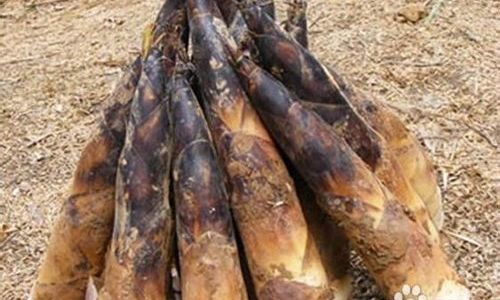
-
Preparation: Ensure the bamboo fungus is thoroughly cleaned, dried, and trimmed.
-
Vacuum Sealing: Use a commercial-grade vacuum sealer to package the mushroom. If using a home vacuum sealer, consider adding a small packet of silica gel to absorb any moisture that may condense inside the package.
-
Refrigeration or Freezing: Store the vacuum-sealed packages in the refrigerator for short-term storage (up to 2 weeks) or in the freezer for long-term preservation (up to 6 months).
Monitoring and Maintenance
Regardless of the chosen preservation method, regular monitoring is essential to ensure the quality of the bamboo fungus.
-
Visual Inspection: Regularly check for signs of mold, discoloration, or off odors. Discard any packages showing signs of spoilage.
-
Temperature Control: Maintain consistent temperatures in the refrigerator or freezer to prevent fluctuations that can accelerate spoilage.
-
Humidity Management: In refrigerated storage, ensure the crisper drawer is not overly humid, as this can promote mold growth.
Conclusion
Preserving fresh bamboo fungus requires a delicate balance of temperature control, humidity management, and appropriate packaging. By following the methods outlined in this guide—refrigeration, freezing, drying, and vacuum sealing—you can extend the shelf life of this exquisite mushroom while retaining its delicate flavor and nutritional benefits. Whether you’re a home cook, a professional chef, or a mushroom enthusiast, these preservation techniques will enable you to enjoy the unique taste and texture of fresh bamboo fungus throughout the year. Remember, the key to successful preservation lies in meticulous handling and storage practices, ensuring that every bite of this rare and delicious fungi is as close to its fresh-harvested state as possible.
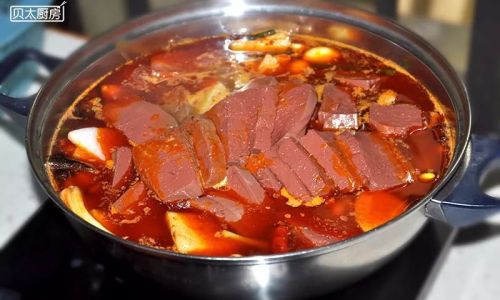
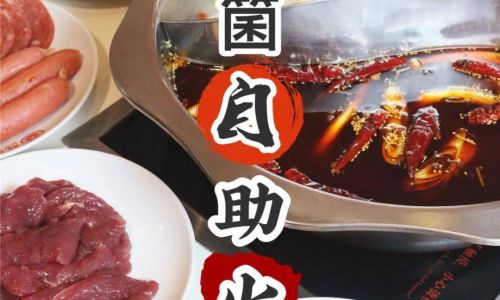


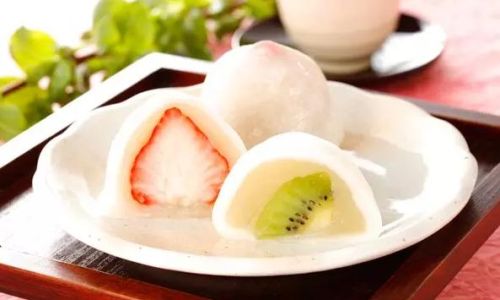
0 comments